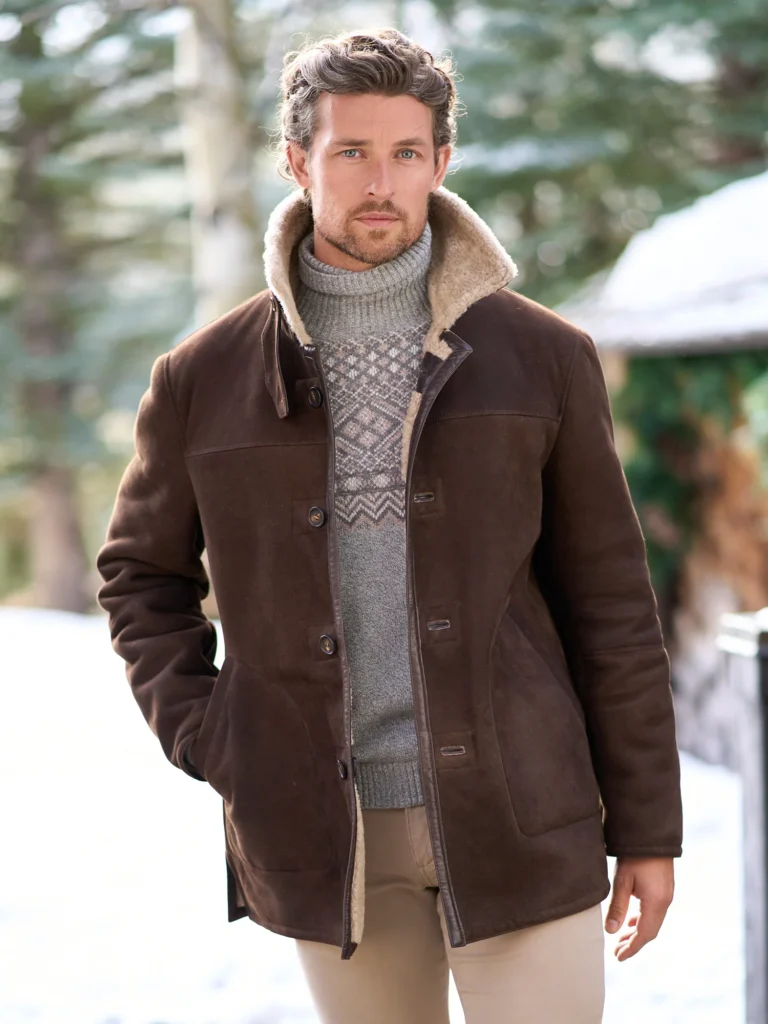Bomber Jackets Who Made Them?
Introduction to Bomber Jackets
The bomber jacket stands as a quintessential piece of outerwear, renowned for its iconic design and versatile functionality. Originally crafted for military purposes, these jackets have transcended their utilitarian roots to become a staple in contemporary fashion. From high-end designer collections to everyday streetwear, bomber jackets continue to capture the imagination of fashion enthusiasts worldwide.
Constructed to provide warmth and protection in the harsh conditions of high-altitude flights, these jackets featured durable materials and innovative design elements. Over time, the practical and stylish aspects of bomber jackets have led to their widespread adoption beyond the military, cementing their status as timeless fashion items.
In modern times, bomber jackets have seen numerous iterations, each reflecting the cultural and stylistic nuances of different eras. Despite these changes, the core elements of the bomber jacket—such as its distinctive silhouette, ribbed cuffs, and sturdy zippers—remain intact, offering a nod to its storied past. The enduring appeal of bomber jackets lies in their ability to seamlessly blend form and function, making them a favored choice for various occasions and settings.
As we delve deeper into the history and evolution of bomber jackets, we will uncover the key milestones and influential figures that have shaped their journey. From their initial conception and military usage to their rise as fashion icons, the story of bomber jackets is a fascinating exploration of innovation, style, and cultural impact. Join us as we unravel the rich tapestry of this iconic outerwear, revealing the intricate details that have solidified its place in both history and fashion.
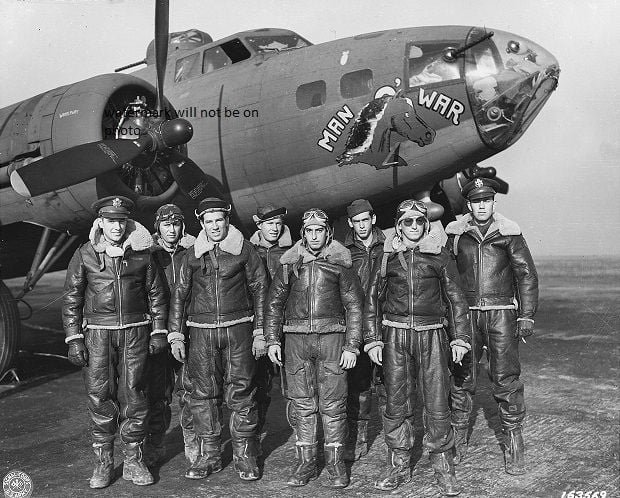
The Origins: World War I
Bomber jackets, renowned for their timeless style and functionality, trace their origins back to World War I. During this period, the advent of aviation brought about significant challenges for early aviators, one of which was the need for warm, durable clothing suitable for high-altitude flights. Unlike modern aircraft, the planes of this era had open cockpits, exposing pilots to frigid temperatures and fierce winds as they soared through the skies.
To combat these harsh conditions, the military sought to equip pilots with jackets that could provide both warmth and protection. The solution emerged in the form of bomber jackets, initially crafted from materials like leather and shearling. Leather, known for its durability and wind-resistant properties, became the primary material. Its robust nature ensured that the jackets could withstand the rigors of aerial combat and the elements.
This provided exceptional insulation, keeping pilots warm even at altitudes where temperatures plummeted below freezing. The combination of leather and shearling proved to be an effective barrier against the cold, making these early bomber jackets indispensable to aviators.
Several key manufacturers played a pivotal role in producing these jackets for military use. Companies such as the U.S.-based A. Schott & Sons and the British clothing manufacturer Irvin Air Chute were among the first to design and supply bomber jackets to the armed forces. These manufacturers’ expertise in crafting durable and functional outerwear laid the foundation for the bomber jacket’s enduring legacy.
The combination of high-quality materials and innovative design ensured that these jackets not only served their purpose during the war but also became a lasting symbol of aviation heritage.
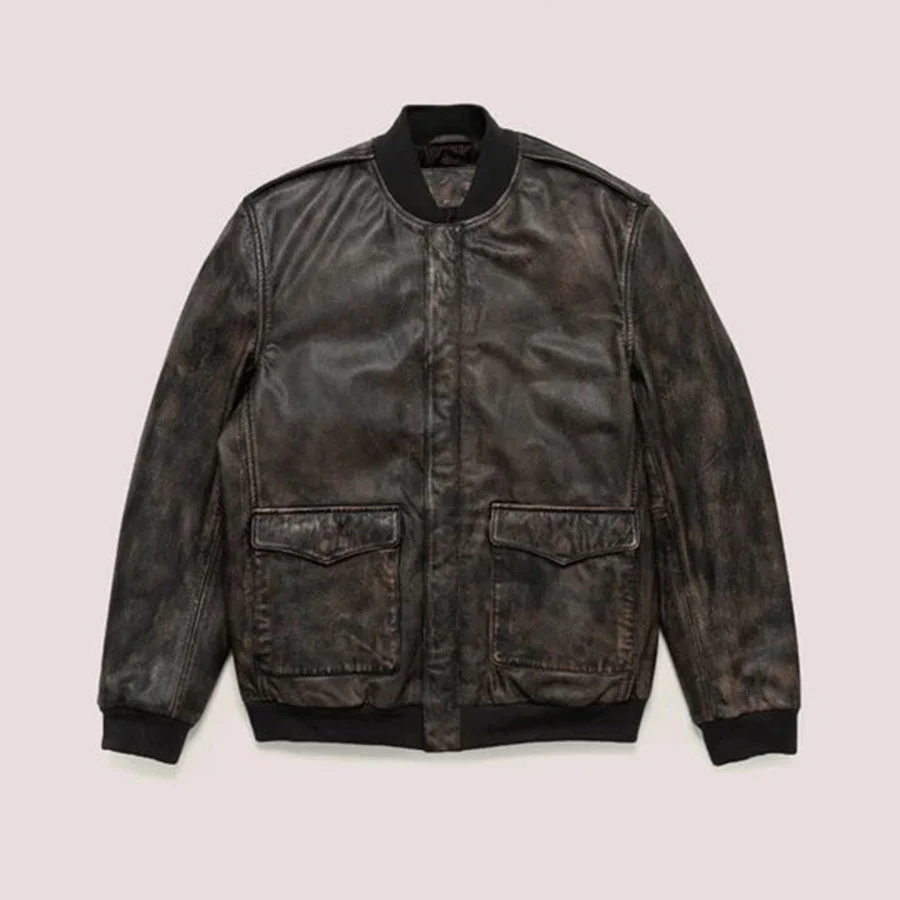
World War II: The A-2 and B-15 Jackets
During World War II, the U.S. Army Air Corps recognized the need for durable and functional flight jackets to protect pilots from the harsh conditions they faced at high altitudes. This necessity led to the development of the iconic A-2 and B-15 bomber jackets, which became integral to military aviation attire.
Made from horsehide leather, it featured a snap-down collar, front zipper closure, and two front pockets with snap flaps. The ribbed cuffs and waistband provided insulation, while the lining, often made from cotton or silk, added an extra layer of warmth.
Additionally, it incorporated oxygen mask tabs and pen pockets on the sleeves, catering to the specific needs of aviators. The B-15’s design was a significant evolution in terms of practicality and comfort, making it a favorite among pilots.

The MA-1: Post-War Innovation
The introduction of the MA-1 bomber jacket in the 1950s marked a significant transition from the traditional leather bomber jackets to those made with nylon.
One of the most notable design changes in the MA-1 was the removal of the fur collar. However, with advancements in aircraft technology, cockpits became better insulated and heated, reducing the need for such features.
The MA-1 bomber jacket quickly gained popularity among various military branches due to its practicality and superior design. It became standard issue for the United States Air Force and Navy pilots, who appreciated its water-resistant properties and its ability to retain warmth without being bulky. The jacket’s reversible orange lining was another innovative feature, designed for high visibility in emergency situations, further enhancing its practicality.
Beyond its military applications, the MA-1 bomber jacket also found appeal in civilian fashion, becoming a symbol of post-war style and functionality. Its sleek design, coupled with its practical features, made it a favorite among both military personnel and the general public. The transition from leather to nylon with the introduction of the MA-1 represented not just a change in materials but also a significant evolution in the design and functionality of bomber jackets, setting a new standard for future iterations.
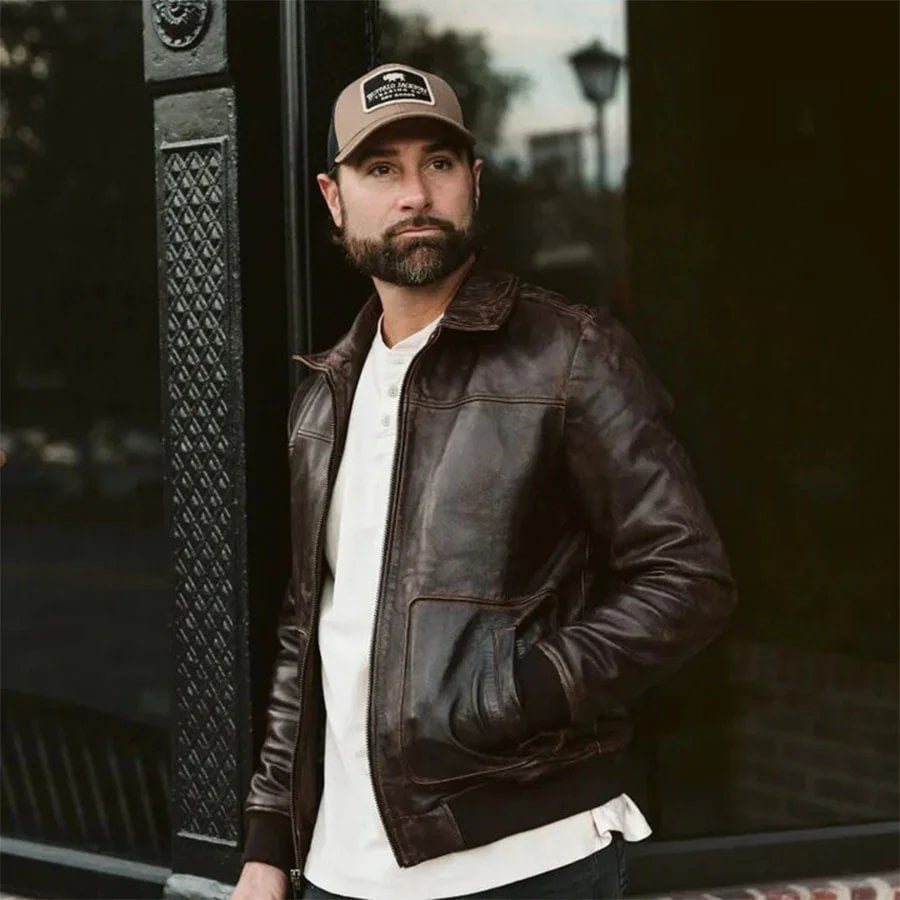
Bomber Jackets in Popular Culture
The transition of bomber jackets from military attire to a fashion staple is a fascinating journey, reflecting broader cultural shifts. Initially designed for functionality and warmth during World War I and II, bomber jackets have seamlessly integrated into popular culture, becoming symbols of style and rebellion. The movie’s lead character, played by Tom Cruise, sported a classic G-1 bomber jacket, propelling its popularity to new heights. This cinematic moment not only showcased the jacket’s rugged charm but also associated it with a sense of daring and adventure.
Beyond the silver screen, bomber jackets found their place in the music industry. During the 1990s, the rise of hip-hop culture saw artists like Tupac Shakur and The Notorious B.I.G. adopting the jacket as a part of their signature style. The bomber jacket’s versatility made it a favorite among musicians, who used it to convey a sense of street credibility and authenticity. This period marked a significant transformation, as the jacket moved from being a utilitarian garment to a symbol of cultural expression.
In addition to film and music, the influence of celebrities has played a crucial role in the bomber jacket’s enduring appeal. These public figures have helped to diversify the image of the bomber jacket, ensuring its relevance across different fashion movements and subcultures.
Moreover, the jacket’s adaptability has allowed it to transcend various fashion trends, from punk rock to high fashion. Designers have reimagined bomber jackets in countless ways, experimenting with materials, colors, and embellishments, thus maintaining its status as a timeless piece. The bomber jacket’s journey through popular culture highlights its ability to evolve while retaining its core essence, making it a perpetual favorite in the world of fashion.
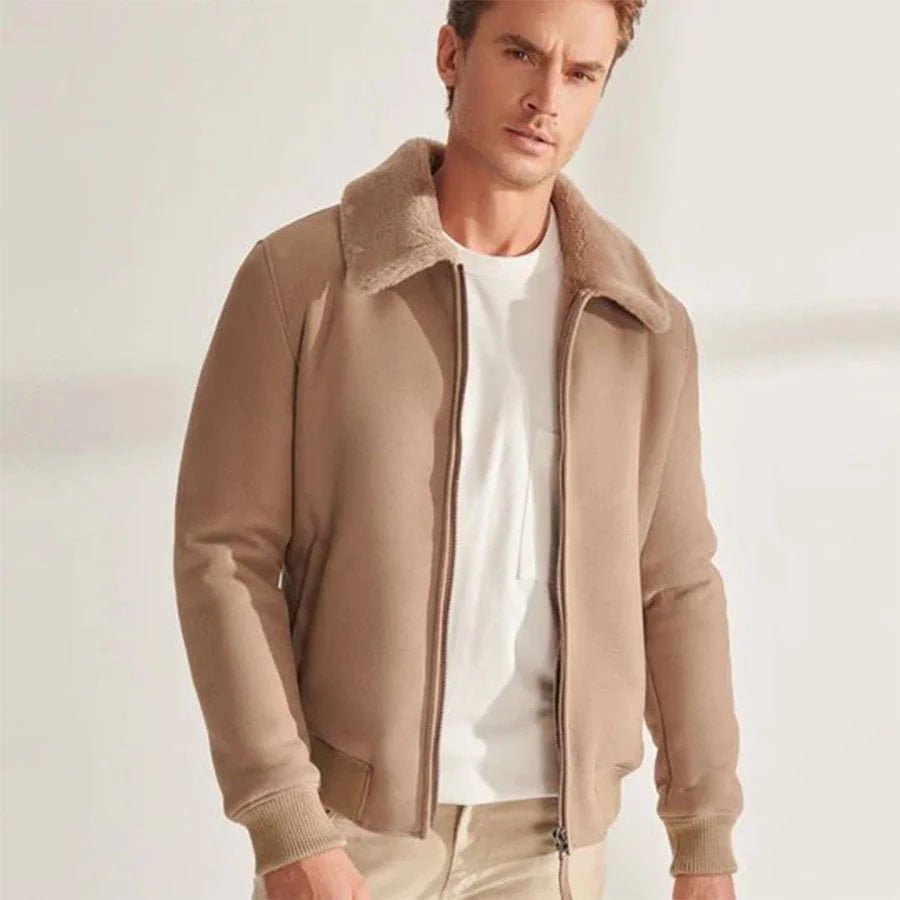
Modern Variations and Designers
The bomber jacket has witnessed a significant transformation in the hands of contemporary designers, who have reimagined this classic piece with innovative materials, unique cuts, and intricate embellishments. Prominent fashion houses and designers such as Raf Simons, Rick Owens, and Vetements have played pivotal roles in redefining the bomber jacket for modern audiences.
Raf Simons, known for his avant-garde approach to menswear, has introduced the bomber jacket in various collections, often emphasizing oversized silhouettes and experimental fabrics. His designs frequently incorporate bold prints and cultural references, making each jacket a statement piece. Simons’ interpretation of the bomber jacket merges streetwear aesthetics with high fashion, appealing to a broad spectrum of fashion enthusiasts.
Vetements, under the creative direction of Demna Gvasalia, has also made a significant impact in the evolution of the bomber jacket. Known for its deconstructed and oversized designs, Vetements has pushed the boundaries of traditional fashion norms. The brand’s reinterpretation of the bomber jacket often includes exaggerated proportions, unexpected fabric combinations, and playful embellishments such as patches and embroidery. This approach not only challenges conventional fashion but also celebrates individuality and self-expression.
In recent years, the variety of materials, cuts, and embellishments used in bomber jackets has expanded dramatically. Designers have experimented with everything from satin and velvet to technical fabrics and sustainable materials. Embellishments such as embroidery, patches, and appliqués add a personalized touch, allowing wearers to express their unique style.



